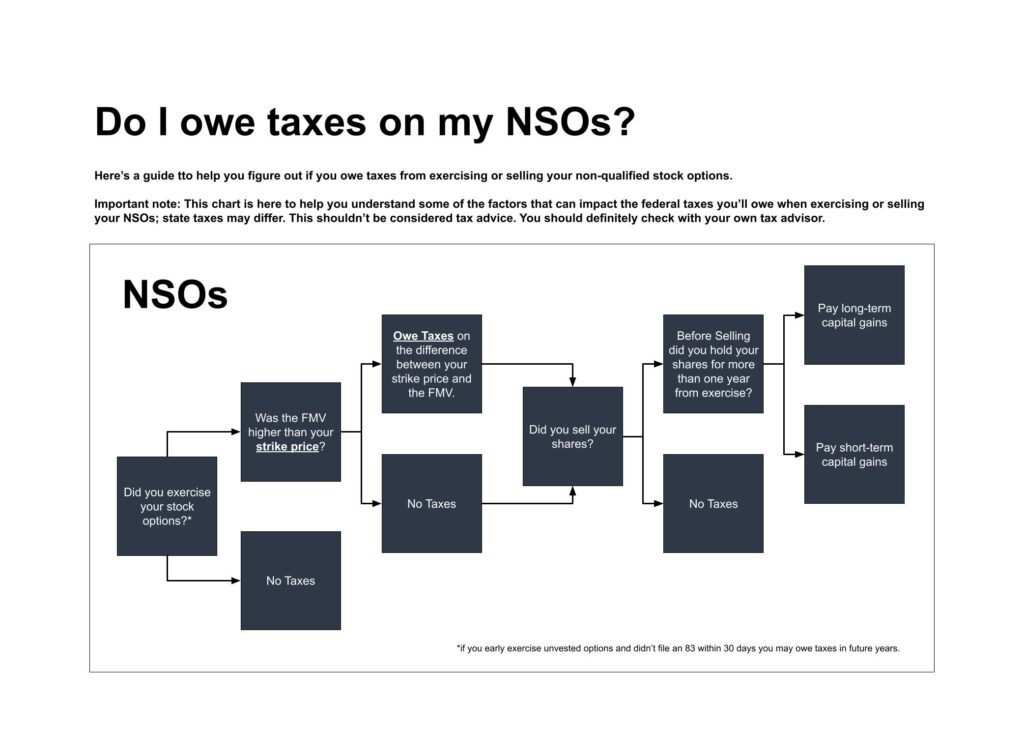

Articles
Mindful Money Management: Small Rewards and Healthy Habits for Smart Financial Choices
In a world driven by consumerism and instant gratification, practicing mindfulness with money might seem like a daunting task. However, cultivating a mindful approach to finances can lead to more responsible and sustainable financial decisions. By incorporating small rewards and healthy reinforcement strategies, you can change your perspective on money
